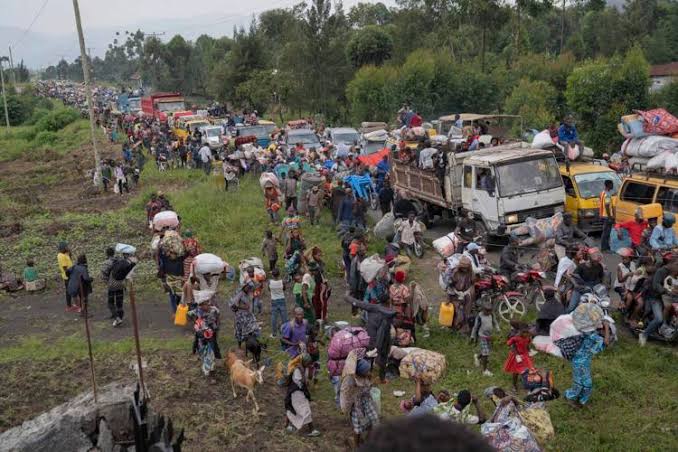In a temporary shelter in the Democratic Republic of Congo, Cyprien Seka, a father-of-three, worries about the safety of his family as they seek refuge from the country’s deadliest floods in six decades. The Congo River swelled due to unprecedented rainfall, leading to the displacement of approximately 500,000 people.
Seka shared his anguish, revealing the loss of their possessions while escaping the floods. Currently, around 2,400 flood victims are cramped in makeshift camps, enduring harsh conditions, with many forced to sleep outside due to overcrowded tents.
The aftermath of the floods extends beyond displacement, with at least 221 fatalities, tens of thousands of damaged homes, and heightened health risks, including malaria and typhoid, facing vulnerable communities in sixteen out of Congo’s 26 provinces.
Raphaël Tshimanga, a hydrologist at the University of Kinshasa, stressed the urgent need for improved flood management and response, especially around the capital. Highlighting the impact of deforestation, Tshimanga emphasized that Congo ranked second in global tree-cover loss after Brazil in 2022, heightening flood vulnerability.
With 83 million people residing near the Congo basin, defined as a high-risk flood zone, Tshimanga warned of future catastrophic events, predicting increased occurrences due to the current wet period.
The catastrophe calls for immediate attention and long-term solutions to mitigate the impact of natural disasters on Congo and its people.
